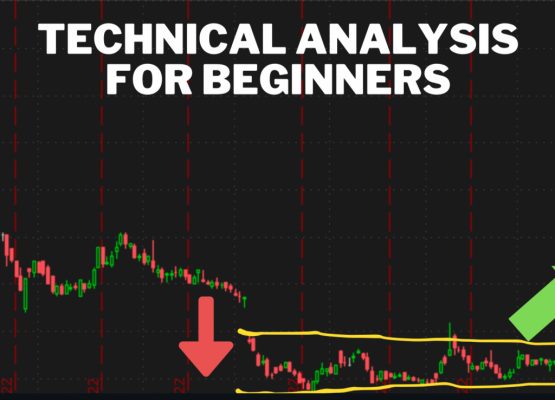Variable annuities are often presented as a multifaceted financial tool, offering tax advantages, potential for growth, and income in retirement. However, understanding how they work and the associated risks is crucial before considering them for your investment portfolio. This article dives into the world of variable annuities, explaining their key features, benefits, drawbacks, and who they might be suitable for.
What are Variable Annuities?
A variable annuity is an investment contract issued by an insurance company. It combines features of both investments and insurance, allowing you to invest in a variety of sub-accounts (similar to mutual funds) while offering a guaranteed death benefit and income stream options in retirement.
How do Variable Annuities Work?
There are two main phases to a variable annuity:
- Accumulation Phase: During this phase, you contribute money to your annuity. These contributions are invested in sub-accounts you choose, which typically consist of mutual funds focusing on stocks, bonds, or a mix of both. The value of your annuity fluctuates based on the performance of these underlying investments.
- Payout Phase (Annuitization): Once you reach retirement age or a pre-determined date, you can choose to convert your accumulated value into a stream of income payments. These payments can be guaranteed for a specific period or even last your lifetime.
Key Features of Variable Annuities:
Benefits of Variable Annuities:
- Potential for Growth: Variable annuities offer the potential for higher returns compared to fixed annuities, which offer a guaranteed but often lower interest rate. This is because your money is invested in the market, which has historically offered higher returns than fixed-income investments over the long term.
- Tax-Deferred Growth: As mentioned earlier, contributions and earnings within the annuity grow tax-deferred, potentially leading to tax savings in the long run.
- Guaranteed Income Stream: The guaranteed income stream option during the payout phase can provide financial security and peace of mind in retirement.
- Death Benefit Protection: The guaranteed death benefit ensures your beneficiaries receive a minimum amount even if the market performs poorly.
Drawbacks of Variable Annuities:
- Market Risk: Unlike fixed annuities, variable annuities are subject to market fluctuations. Your investment value can decrease if the market performs poorly, potentially leading to losses.
- Fees: Variable annuities typically come with various fees, including surrender charges (fees for withdrawing money before a certain period), mortality and expense fees (deducted from your account value), and investment management fees associated with the sub-accounts. These fees can eat into your returns and should be carefully considered before investing.
- Complexity: Variable annuities can be complex financial instruments with numerous features and options. Understanding the different aspects and associated risks is crucial before investing.
- Sales Practices: Unfortunately, some unscrupulous financial advisors may push variable annuities to unsuitable investors, focusing solely on the potential benefits while neglecting the risks and high fees involved.
Who are Variable Annuities Suitable For?
Variable annuities might be suitable for individuals with a:
- Long-term investment horizon: Due to the market risk involved, variable annuities are best suited for investors with a long-term investment horizon (generally 10 years or more) who can ride out market fluctuations.
- Higher risk tolerance: As with any market-linked investment, variable annuities involve the potential for loss. Investors comfortable with market risk and potential losses might consider them as part of a diversified portfolio.
- Need for guaranteed income: The guaranteed income stream option might be attractive for individuals seeking a reliable source of income in retirement, especially if they lack a guaranteed pension.
Before Investing in a Variable Annuity:
- Do your research: Thoroughly understand how variable annuities work, the associated risks and fees, and how they fit your overall financial goals and risk tolerance.
- Compare different options: Explore various variable annuities offered by different insurance companies, comparing fees, investment options, and guaranteed features.
- Seek professional advice: Consider consulting a qualified financial advisor who can help you.
Conclusion
Variable annuities can be a complex financial instrument, offering unique advantages like potential growth, tax-deferred accumulation, and guaranteed income options. However, they also come with inherent risks like market volatility, fees, and potential for loss.
Ultimately, the decision to invest in a variable annuity is highly individual, based on your risk tolerance, financial goals, and investment time horizon. If you’re considering adding variable annuities to your portfolio, it’s crucial to:
- Thoroughly understand the product features, risks, and fees.
- Compare different annuity options before making a decision.
- Consult a qualified financial advisor who can assess your individual circumstances and recommend suitable investment options.
In general, a long-term investment horizon, a higher risk tolerance, and a need for guaranteed income, are some factors that might make you a suitable candidate for a variable annuity. However, it’s never a one-size-fits-all solution, and its important to carefully consider the potential benefits & risks if variable annuities, consulting with a financial advisor or other professional if needed.




